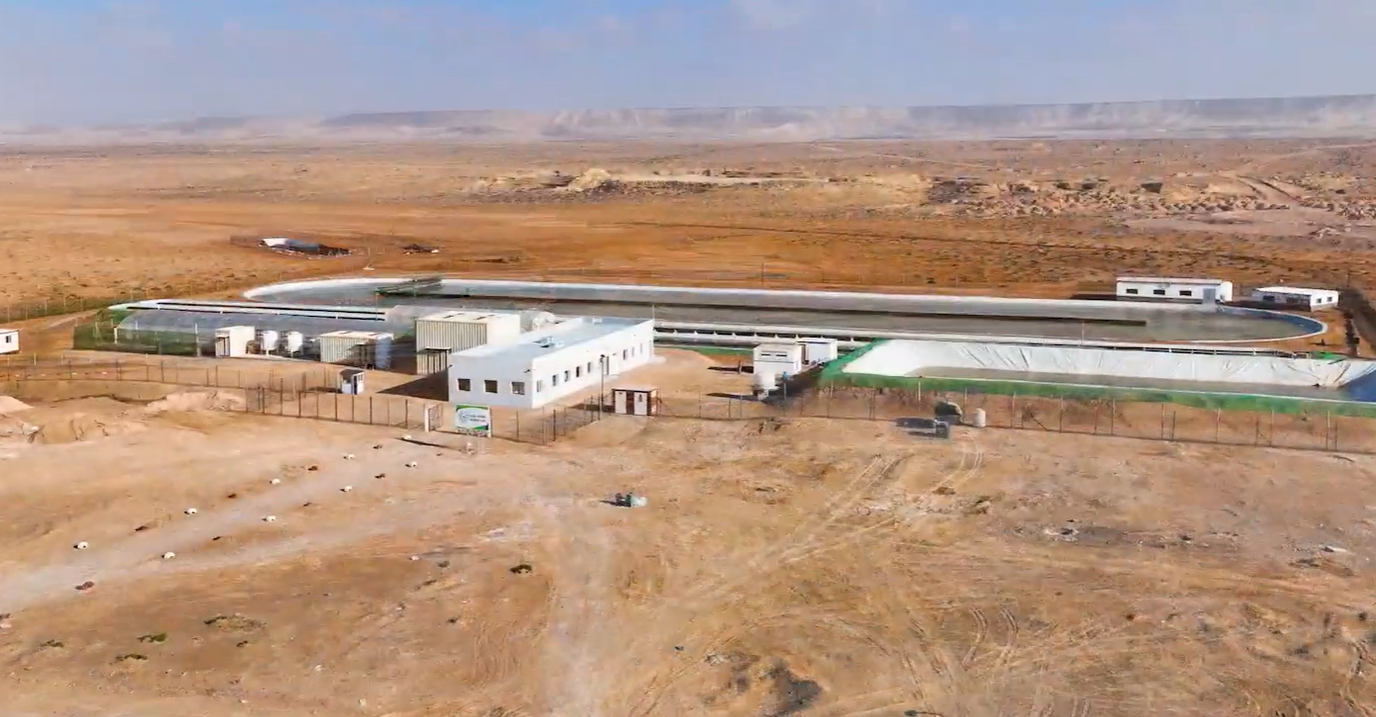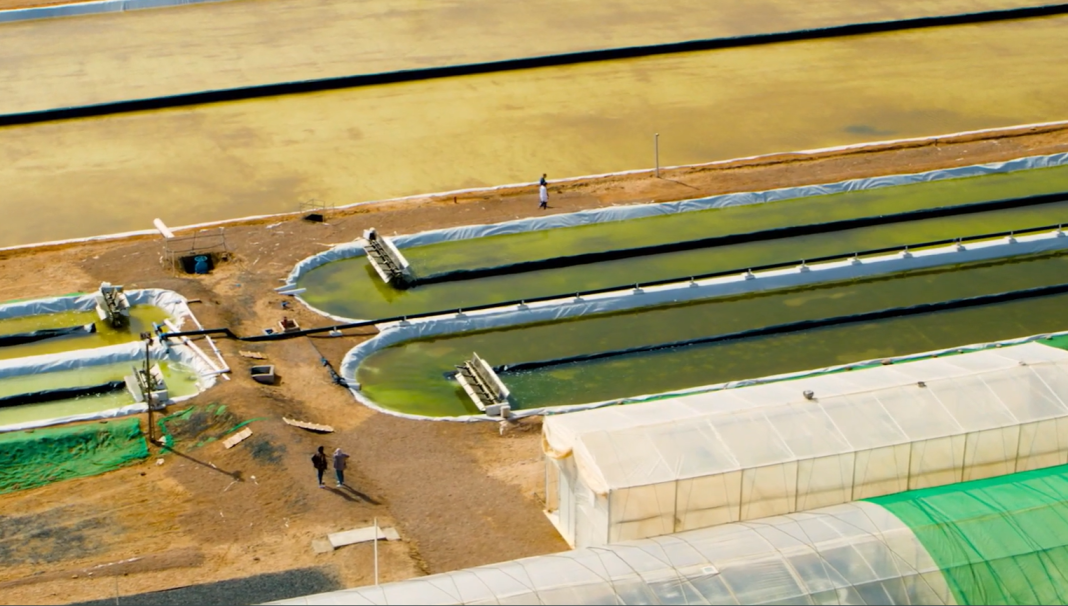Brilliant Planet, a startup that harnesses the power of algae, shared its plan to capture carbon by growing algae in the desert.
Climate science emphasizes that fighting climate change requires removing carbon from the air. The recent scientific report from IPCC says that carbon removal has to scale up fast to limit warming to 1.5°C.
Companies have been working on various projects to capture and store CO2 permanently. The projects range from capturing carbon in concrete to sucking the carbon out of the air.
But no one has considered yet to grow vast quantities of algae in the world’s deserts to capture and store carbon.
Brilliant Planet’s Model on Permanent Carbon Capture and Storage
Since 2013, Brilliant Planet has been harnessing the power of algae as an affordable method of locking away carbon at the gigaton scale.
Its innovative process allows it to grow big quantities of algae in an open-air pond-based system in a desert.
According to Raffael Jovine, the startup’s co-founder and chief scientist,
“Per unit area, we can capture as much carbon, or even more, as a rainforest can. The difference is that, when a tree falls down, it returns 97% of the CO2 back to the air, whereas we can sequester all of it.”
The company’s production varies per test site. Its biggest production facility is in Morocco’s coastal desert with a 30,000m2 area.
Once its first large-scale plant (1,000 acres) is complete, it can remove about 40,000 tons of CO2 per year. This is equal to emissions produced by about 92,000 barrels of oil. After full scale-up, the startup’s system projects to remove 2 gigatons of CO2 a year.
What makes Brilliant Planet’s approach to carbon capture and storage clever is this:
Instead of upscaling a test tube (growing algae inside a bioreactor), it’s downscaling the ocean.
It refers to how its proprietary system works in growing algae, capturing CO2, and storing it for good. Here are the main processes involved.
- Pumps seawater from the coast to the facility. This water contains nutrients needed by algae to grow, plus the CO2 from the ocean.
- Algae grow and capture carbon.
- Harvests algae between 18 and 30 days.
- Filters water and returns it back to the ocean. This water is less acidic.
- Dries the algae and buries them under the desert sand where captured CO2 is stored.
Hence, the firm’s approach is using natural processes and natural algal blooms, and then taking them on land on a very large scale.

The Approach Value to Carbon Credit Market
Brilliant Planet’s CO2 capture and storage model looks promising in tackling climate change. But how valuable would it be for the carbon credit market?
Cost-Effectiveness
When happening in the ocean, algae blooms are only seasonal. The startup fixes this issue by using a proven method that can grow algae all year-round.
Better yet, its system can capture carbon at far less cost than other methods like direct air capture (DAC).
The company’s algae facility costs less than $50 per ton of captured CO2 to run. In comparison, DAC costs a lot more than that and up to 10x as much.
But same with DAC, the firm will sell carbon credits to those who seek to offset their emissions. The expected cost per ton of CO2, however, tends to be lower with algae due to the costs involved.
Measurability/Verifiability
Measuring CO2 stored in a vast rainforest or growing kelp in the ocean is very challenging. But this is not the case with Brilliant Planet’s system. Using algae grown on land to capture carbon and store it is easy to measure and verify.
The startup will bury the harvested algae close to the sand’s surface, about 1 or 3 meters underneath. The salty and dry environment of the desert will prevent the algae from decomposing.
As such, credit buyers can check out for themselves and verify that the algae with sequestered CO2 are buried indeed. There are GPS coordinates that can show them where the firm buried those algae.
Scalability
The company also believes that its system has high scalability. This is because there are more than 300,000 square miles of flat, coastal desert land in the world for the firm to use.
From Africa to South America to Australia, there’s a vast expanse of unused desert land that has no alternative use. Growing algae on them for carbon capture and storage would be useful.
Brilliant Planet is considering if it should “pre-sell” any of its carbon credits to companies wanting to cut emissions and planning to be net-zero.
Its operation will start soon and the building of its first commercial facility will be in 2024.

